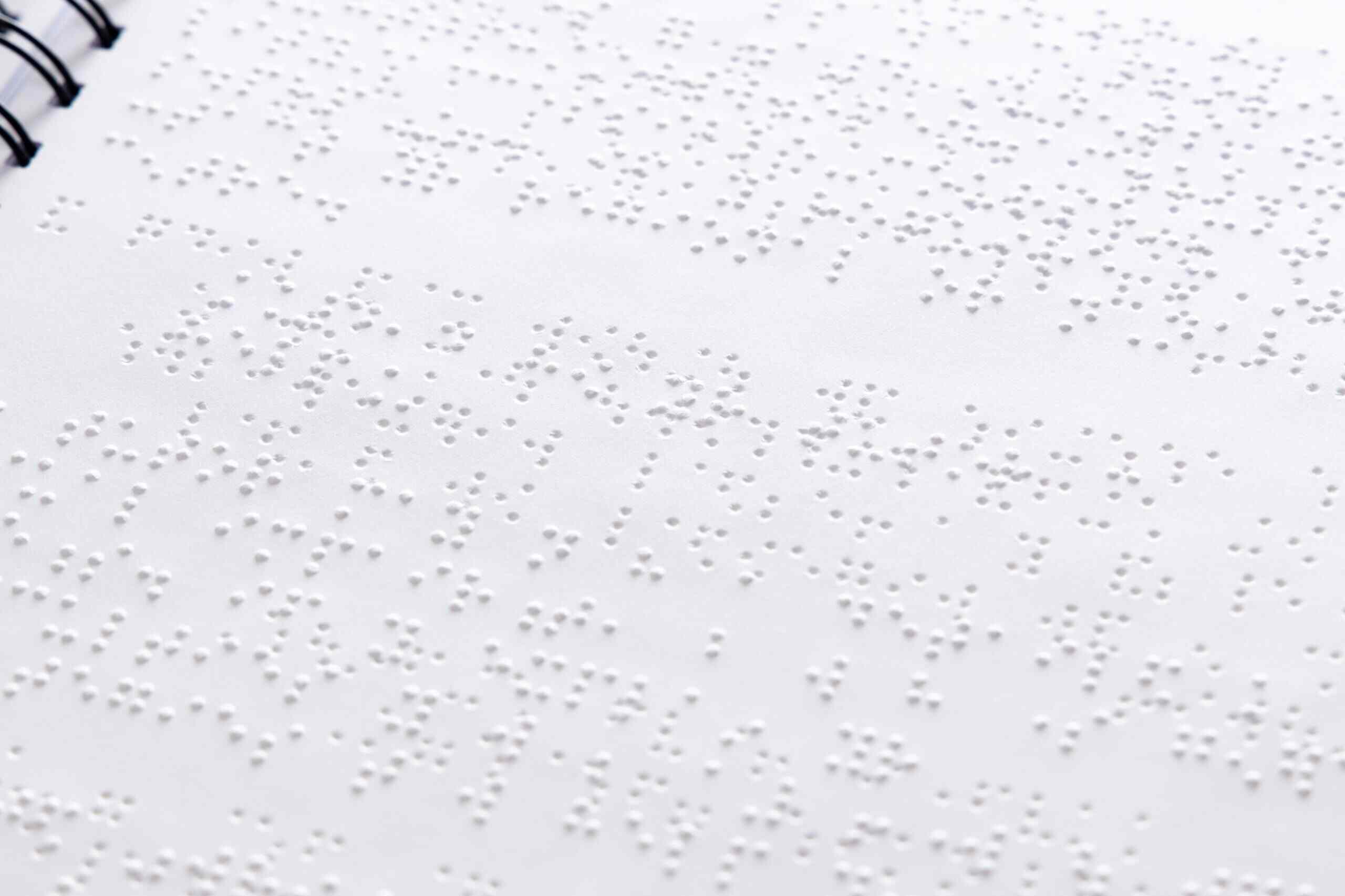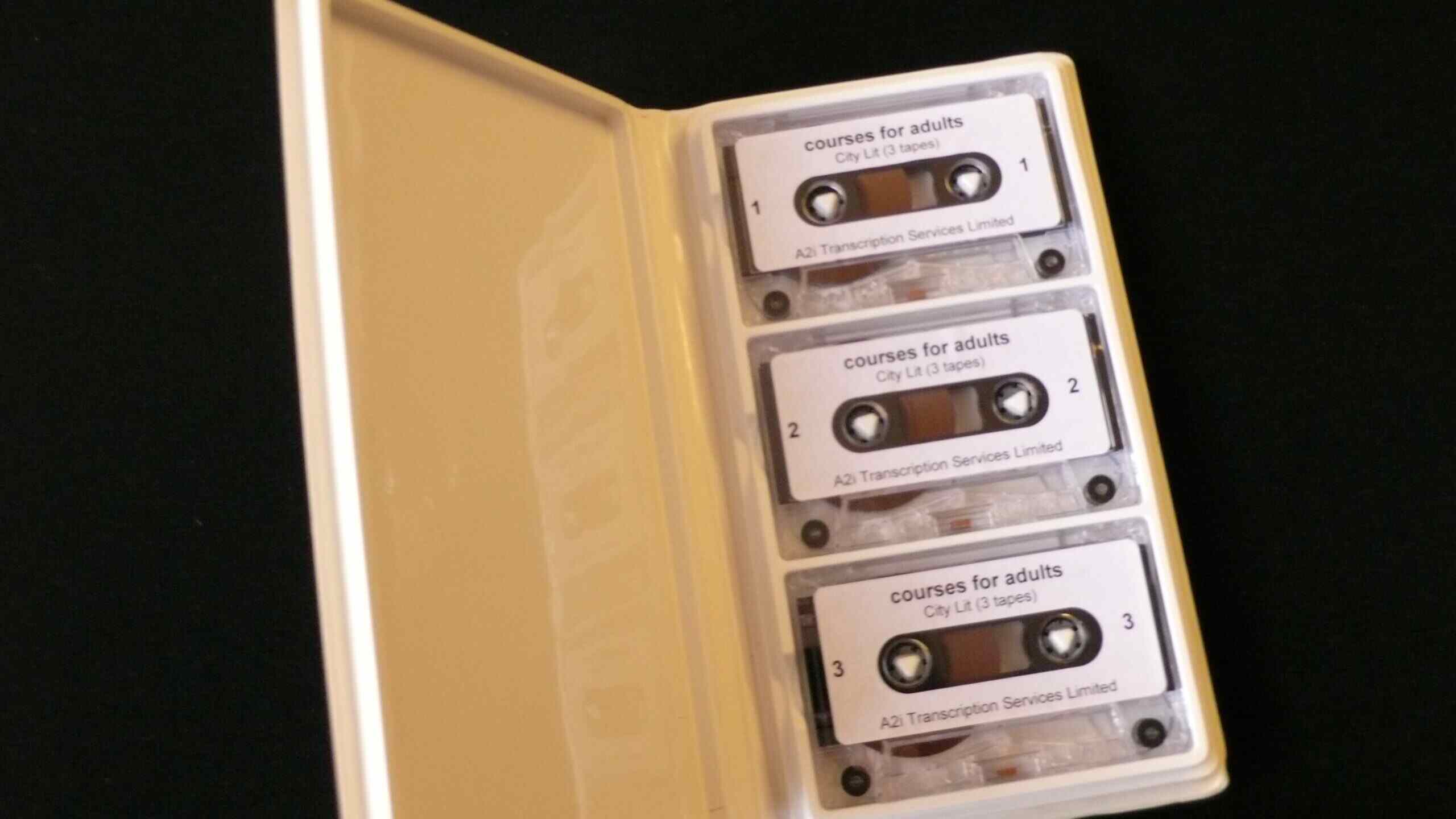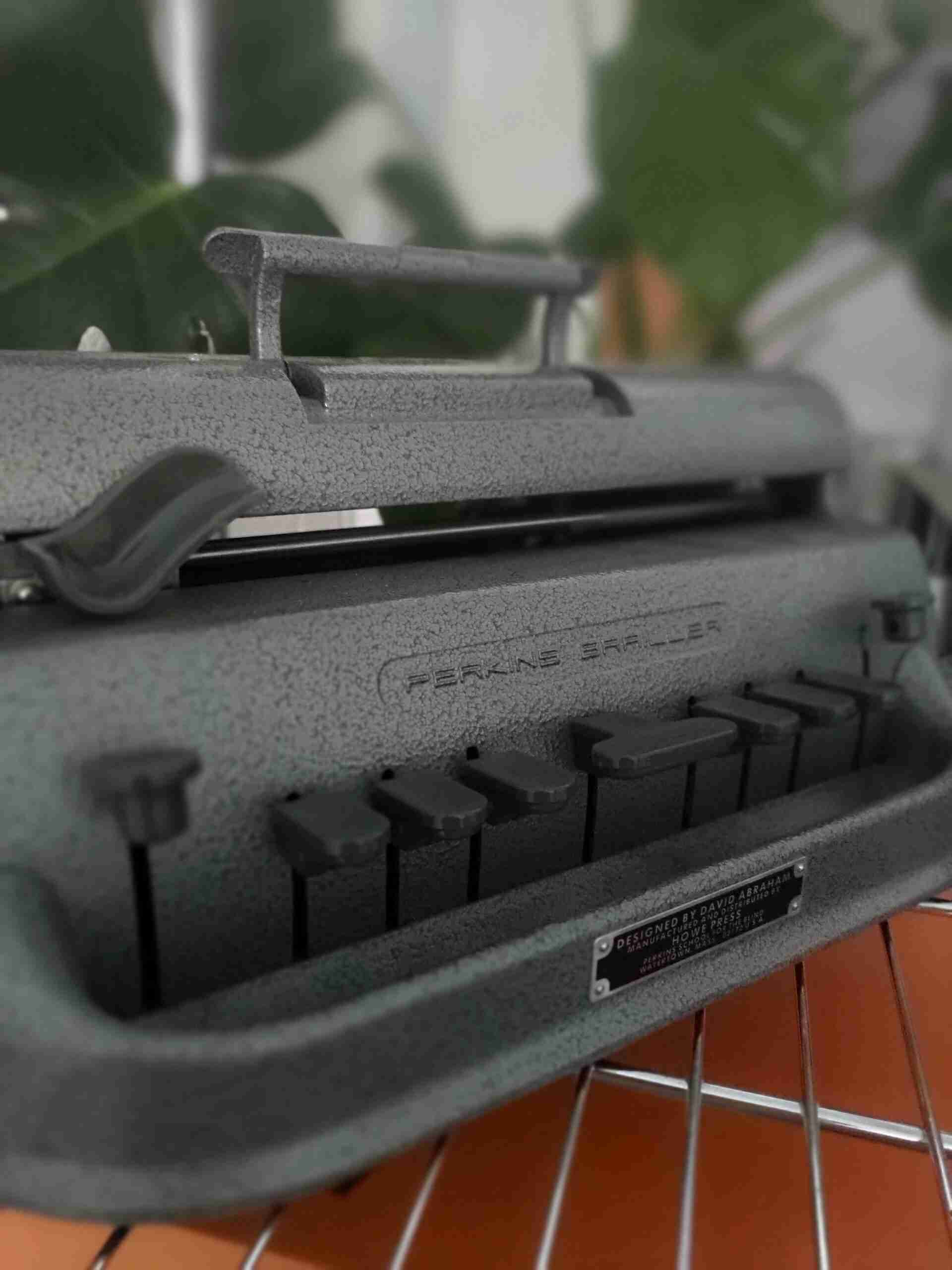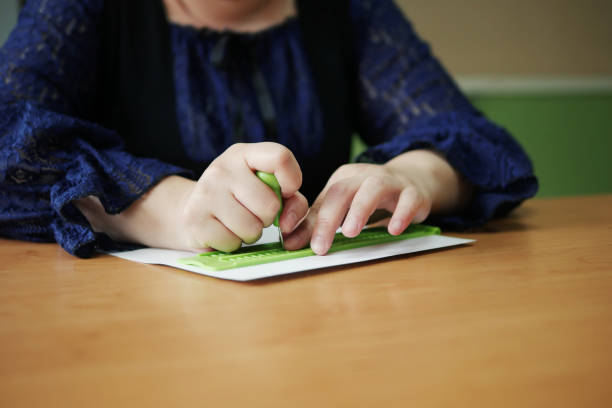10 July 2024
How has Braille changed over the last 25 years?
By Dave Horwood
At A2i we’re celebrating our 25th birthday this year so we’re looking back at what has changed for our customers and staff since 1999.
While Braille has been through many changes since its invention exactly 200 years ago, its role in teaching literacy to visually impaired people and allowing them to stay connected to the world around us is still paramount. This interesting article from Guide Dogs UK talks about the role Braille played in 3 visually impaired people’s lives growing up.

Today, although less hard-copy Braille is used, there are also other means of receiving text-based information, like synthetic speech on a computer or smartphone. Also, the increased prevalence of audiobooks from mainstream providers like Audible as well as those from libraries designed specifically for visually impaired readers has made it easier to get hold of a wider variety of books.
This means that Braille has much more competition nowadays, and not using Braille in certain situations (definitely not all) has become more practical e.g. filling out forms online, listening to a lengthy book that could take a long time and cost a lot of money to transcribe into Braille, or simply not having to wait for a bulky Braille book to arrive through the post.
Braillists can also now take notes anywhere using multiple tools including voice dictation and portable qwerty keyboards for use with a smartphone or tablet. Back in 1999, Braillists would have relied on bulkier recording equipment that used cassette tapes, an expensive Braille Notetaker or sitting at a desk with a Perkins Brailler.
Read this interesting article from WebMD which talks about the role of the slate and stylus and Perkins Brailler in producing Braille manually.
Did you know: ‘The Gruffalo’ by Julia Donaldson also turns 25 this year and the book has been translated into more languages than any other children’s story, including Braille.
What is a Braille notetaker?
In the 1990s Braillists were among the first people in the world to use PDAs (or notetakers as they’re known). These notetakers often have a refreshable Braille display attached to them, and the earlier units had no screen or visual display at all. They were heavily used to produce and edit electronic Braille and plain text documents. These electronic Braille files are more widely available now and some newer Braille displays have dropped in price, making access to electronic documents much quicker and easier.
Also stocks of hard copy Braille have decreased, most notably with the closure of the RNIB’s physical Braille lending library, the largest of its kind in Europe. Braille books are now embossed on demand with thin covers and minimal binding, although they are lighter and easier to carry. Whilst many print readers have switched to Kindle and other ways of reading printed books, there was something special about borrowing Braille books that had been produced many years ago and had been read by many fingers.
What is UEB?
In the last 15 years Braille producers had to get to grips with a big change in the way Braille is translated, changing from Standard English Braille (SEB) code to Unified English Braille (UEB) code. This was also a big change for readers of Braille. Some Braille readers were frustrated at having to stop using some Braille contractions they’d known for years, as well as thinking they’d have to learn lots of new Braille signs that they had managed without previously. Contractions are used in grade 2 Braille and they represent multiple print letters, using 1 or 2 Braille characters in order to save space. For example, two commonly used contractions are the letter ‘P’ is short for the word ‘people’ and the letter ‘M’ is short for ‘many’.
Read our blog What is UEB Braille, and what is Grade 1 and Grade 2 Braille? For more information about the different Grades of Braille.
After lots of back and forth discussion, UEB was eventually adopted in the UK in 2011. Many readers settled in to the changes, and appreciate there is less ambiguity for some contractions that previously also doubled as another sign in certain contexts. For example, there used to be a contraction that represented the letters ‘B L E’ such as in the word ‘table’. However, this is also the sign which denotes a number. This caused a bit of confusion as the letters ‘A’ to ‘J’ represent the 10 digits, if used after the number sign.
Braille transcription companies in the UK now produce UEB as standard, however some, including A2i still produce Braille in Standard English Braille (SEB) on request.
It is hard to find precise statistics for the number of people who use Braille, but it is clear that the number of Braille readers have decreased since 1999 due to the multiple options available for accessing printed material. However, thanks to the tireless work of campaigners to increase the teaching of Braille to visually impaired students in schools, the vital importance Braille plays as a communication tool for deafblind people and the increased appetite for less expensive, multi-line refreshable Braille displays, Braille is definitely not dead!
Why not get in touch with our friendly team at A2i if you need a document in Braille
By emailing info@a2i.co.uk
fill out our online form
Or Call 01179 44 00 44



